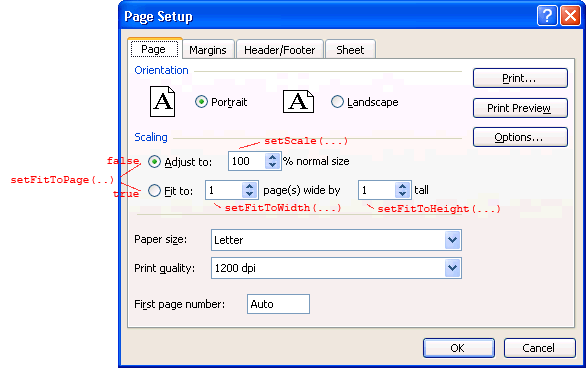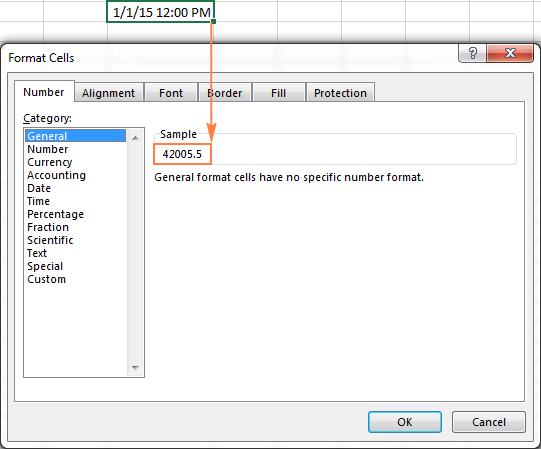
In your Excel worksheets, you can also auto fit columns so that they get wider or narrower to fit the largest value in the column. You can get to the same dialog by right-clicking the selected column(s) and choosing Column Width… from the context menu. In the Column width box, type the desired number, and click OK.On the Home tab, in the Cells group, click Format > Column Width.

To select all columns, press Ctrl + A or click the Select All button.

If you want the information in all cells to be readable, you can either wrap text or adjust column width. If the column to the right contains data, then a text string is cut off at the cell border and a numerical value (number or date) is replaced with a sequence of hash symbols (#) like shown in the screenshot below: If the value in a certain cell is too large to fit in the column, it extends over the column's border and overlaps the next cell.

For example, to return the width of column A, the formula is:Ĭolumns in Excel do not resize automatically as you input data in them. To view the current width of a column, click on the right boundary of the column header, and Excel will display the width for you:Īlso, you can get the width of a column by using a CELL formula with "width" as the first argument. If a column's width is set to zero (0), the column is hidden. On a new worksheet, the default width of all columns is 8.43 characters, which corresponds to 64 pixels. On an Excel spreadsheet, you can set a column width of 0 to 255, with one unit equal to the width of one character that can be displayed in a cell formatted with the standard font.


 0 kommentar(er)
0 kommentar(er)
